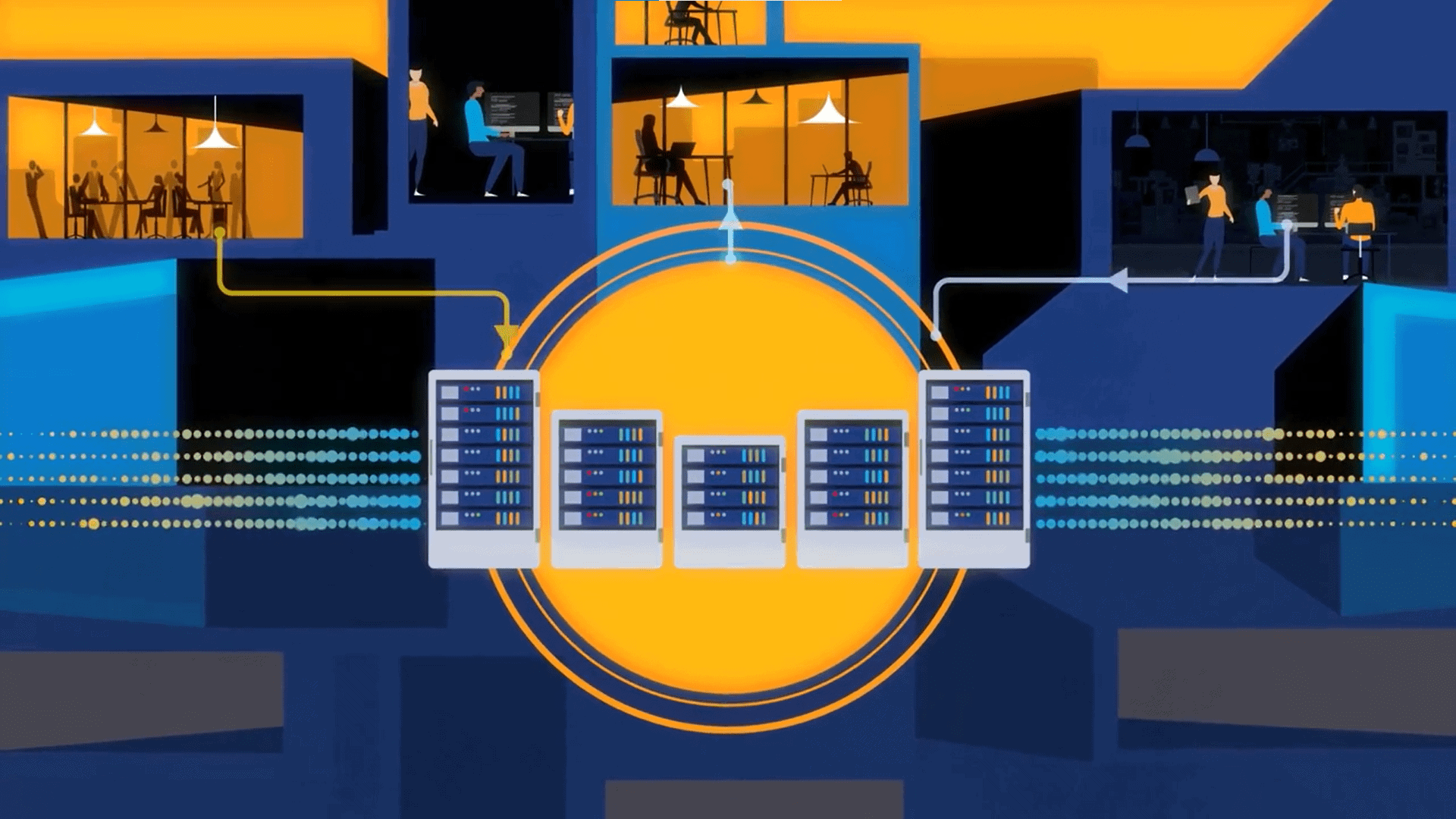
The future of manufacturing belongs to those who can design intelligently, adapt rapidly, and collaborate without limits. Cloud-based SaaS platforms are the engines that can drive innovation, speed, and sustainable growth.
Today’s consumer product manufacturers are navigating a perfect storm of market volatility, rising customer expectations, and mounting sustainability demands. Traditional design methods are no longer sufficient to keep pace. To stay competitive and thrive, manufacturers must radically transform how they innovate. Specifically, they must design faster, smarter, and greener than ever before.
Cloud-based Software-as-a-Service (SaaS) solutions are emerging as the essential engine of this transformation, empowering teams to collaborate seamlessly across borders, scale with agility, and harness advanced technologies like AI and digital twins to create the next generation of high-performance products.
The Innovation Imperative: Fast, Sustainable, Global
Consumer product companies must bring high-quality products to market quickly to stay ahead of competitors, all while reducing environmental impact and responding to diverse global customer demands. Traditional design processes are often reliant on siloed desktop software, physical prototypes, and manual collaboration. Companies employing such an approach cannot keep pace.
Innovation today requires a digital-first mindset. It means replacing outdated workflows with connected, flexible platforms that support rapid iteration and global teamwork. Companies that fail to evolve risk becoming obsolete, while those that embrace digital tools are unlocking new levels of creativity and efficiency.
See also: What is EaaS and What Value Can it Bring?
The Power of Cloud-Based SaaS in Product Design
Cloud-based SaaS is reshaping product design by enabling manufacturers to work smarter and faster. In the SaaS model, the software is hosted in the cloud and accessed via the internet, offering advantages over traditional on-premises tools. Some of the key benefits a SaaS offering can deliver include:
- Real-time collaboration: Engineers, designers, and partners across geographies can work on the same model simultaneously, eliminating delays caused by file versioning or communication breakdowns.
- Reduced infrastructure costs: There’s no need for expensive hardware or dedicated IT staff to maintain software. Updates are seamless and automatic.
- Built-in scalability: As needs grow or fluctuate, organizations can easily add or remove users, adjust capabilities, and access the latest features.
Smarter Tools: Digital Twins and AI-Powered Simulation
For consumer product manufacturers, a SaaS solution that offers advanced technologies like digital twins and AI-powered simulation can enable smarter design.
A digital twin is a virtual representation of a physical product. Digital twins allow engineers to visualize, test, and refine designs before building a single prototype by simulating how a product will perform under real-world conditions. That reduces time and cost and helps ensure better product performance and reliability.
AI-powered simulation takes this a step further. Machine learning algorithms analyze vast amounts of design and performance data to identify potential weaknesses, optimize material use, and predict product failures. Instead of relying solely on physical testing, engineers can run dozens of digital tests in minutes.
Consider a company designing a new line of smart kitchen appliances. Using SaaS-based simulation tools, a manufacturer might virtually assess the durability of different materials, the ergonomics of user interactions, and the efficiency of internal components. The result is a more robust and user-friendly product delivered faster and with fewer redesigns.
Business Agility Through Value-Based Licensing
Another transformative aspect of SaaS is its licensing model. Traditional software licenses often require large upfront investments and long-term commitments, regardless of usage. In contrast, value-based licensing aligns costs with business value and usage patterns.
For consumer product manufacturers, this means:
- Scalability on demand: Teams can ramp up software usage during peak project phases, like product launches or seasonal redesigns. They can also scale back during quieter periods.
- Cost transparency: Companies pay for the features they use, improving budgeting accuracy and ROI.
- Lower barrier to entry: Smaller teams or startups can access powerful tools without prohibitive costs.
This flexible approach empowers organizations to innovate freely, unburdened by legacy constraints or budgetary inflexibility.
Real-World Impact: Speed to Market and Collaboration
The cumulative effect of cloud SaaS design, collaboration, and simulation tools is significant: faster time-to-market, improved product quality, and more agile teams. Cross-functional and cross-border collaboration is no longer a logistical nightmare but a seamless process. Designers in North America can iterate with suppliers in Asia and marketers in Europe, all in real time.
By eliminating traditional bottlenecks, companies are accelerating every phase of the product development cycle. This speed translates into a competitive edge: faster innovation cycles, better responsiveness to customer feedback, and more frequent product refreshes.
And in today’s dynamic marketplace, that edge can make all the difference.
The Path Forward: Future-Ready Manufacturing
As the consumer product landscape continues to evolve, one thing is clear: success will belong to those who can design smarter, adapt faster, and collaborate globally.
One way to achieve these objectives is to team with a technology partner that brings collaborative cloud-based solutions and deep expertise in consumer product manufacturing. For many manufacturers, Siemens is the right partner.
Cloud-based SaaS solutions like Siemens Solid Edge enable the needed transformation. The solutions provide foundational tools for modern product development.
Siemens Solid Edge provides users access to tools that streamline product development. Some of the main features and benefits of using the solution include:
- Advanced 3D CAD for product design
- Integrated simulation and analysis
- Generative design and topology optimization
- Data management and collaboration
- Integration with additive manufacturing and CAM
- Rendering and visualization
- Support for IoT and Digital Twins.
Such tools and capabilities help consumer product manufacturers compress the time from concept to a final product. But they do more. What is becoming increasingly clear is that design is not just about better software. Companies need to understand how teams work and how quickly ideas can become a reality.
That requires a multidisciplinary approach to design. The strength of cloud-based solutions is that they allow collaboration between different stakeholders and different teams. Organizations that can achieve such information sharing have realized a 30% increase in efficiency over industry competitors.
That is a true differentiator in today’s marketplace.
Final Thoughts
The future of manufacturing belongs to those who can design intelligently, adapt rapidly, and collaborate without limits. Cloud-based SaaS platforms are the engines that can drive innovation, speed, and sustainable growth.
Siemens Solid Edge is at the forefront of this transformation, providing manufacturers with the tools to streamline design, harness the power of digital twins and AI, and scale effortlessly to meet evolving market demands. By partnering with Siemens, companies can modernize their product development processes today and seize tomorrow’s opportunities.






























